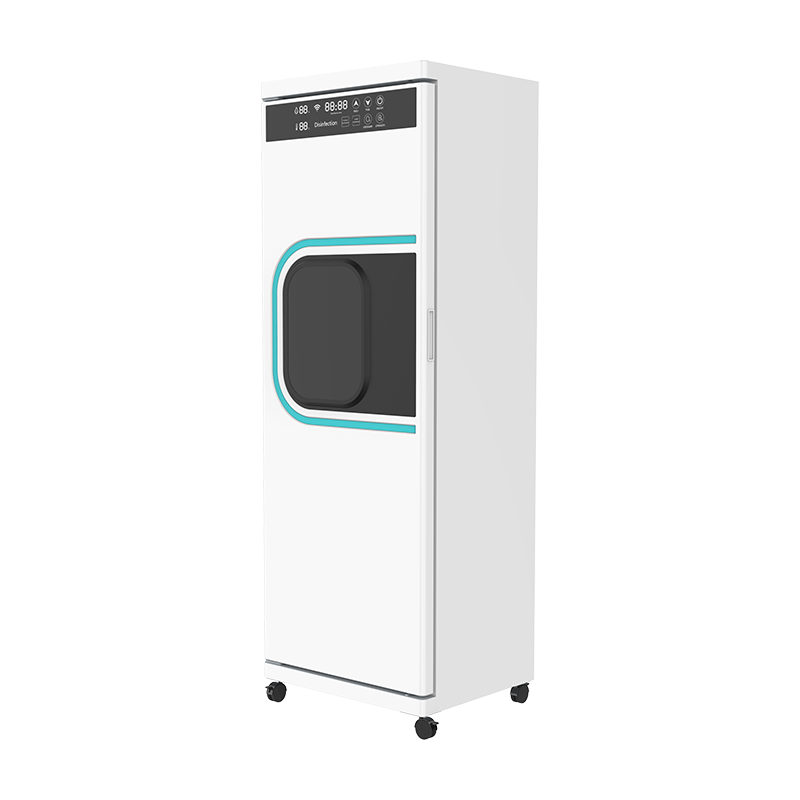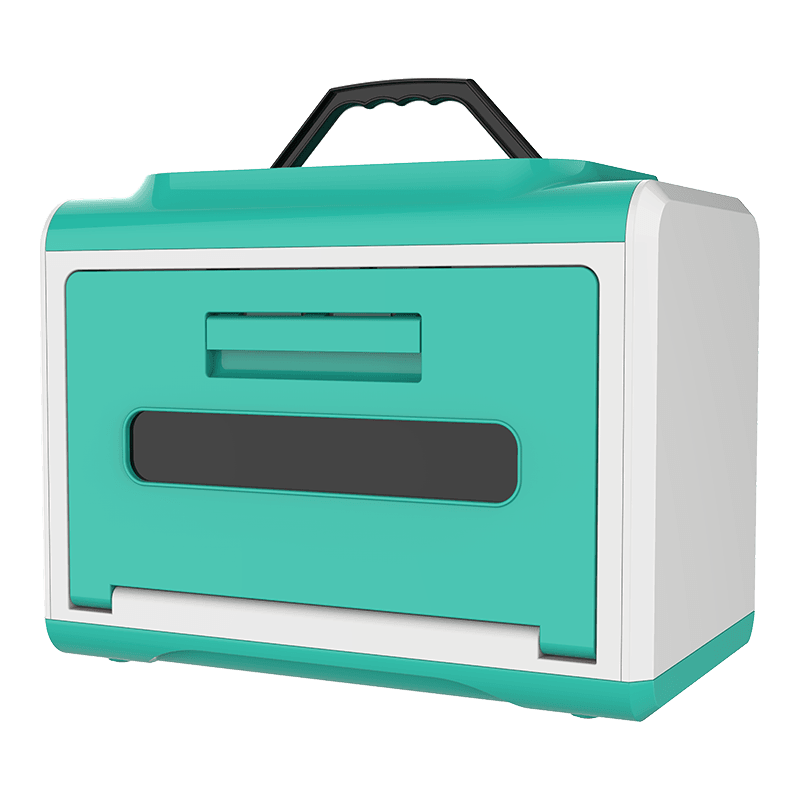1. Possible side effects
Oxygen poisoning
Long-term inhalation of high-concentration oxygen (especially oxygen concentration > 60%) may cause oxygen poisoning, which manifests as nausea, vomiting, dizziness, chest pain, and even lung tissue damage or neurological symptoms (such as convulsions). The oxygen concentration of home oxygen generator is usually 90%-93%, and the flow rate is 1-5L/min, which is within the safe range, but long-term high-flow oxygen inhalation should still be avoided.
Respiratory tract damage
Dry oxygen inhaled into the lungs may irritate the respiratory mucosa, causing nasal dryness, bleeding or inflammation. Improper maintenance of the humidification water tank of the oxygen machine (such as too high water level or not cleaned regularly) may cause choking or bacterial infection.
Hypercapnia and hyperoxemia
Patients with chronic obstructive pulmonary disease should pay special attention to low-flow oxygen inhalation (1-2L/min) to avoid excessive blood oxygen inhibition of the respiratory center and carbon dioxide retention (hypercapnia). Long-term high-flow oxygen inhalation in healthy people may cause hyperoxia (blood oxygen saturation>98%), increase the risk of oxidative stress and cell damage.
Other potential risks
Some people believe that long-term oxygen inhalation will cause dependence, but oxygen concentrators only replenish oxygen physically and will not change physiological functions. Industrial oxygen concentrators (purity 99%) may cause carbon dioxide accumulation and poisoning due to excessive oxygen pressure, but the risk of home equipment is extremely low.
2. Precautions for use
Strictly follow the doctor's advice
The flow rate, concentration and time of oxygen inhalation need to be adjusted according to the condition. For example, COPD patients are recommended to inhale oxygen at a low flow rate (1-2L/min) and for a long time (≥15 hours/day), with the target blood oxygen saturation controlled at 88%-92%. Healthy people do not need additional oxygen if they have no symptoms of hypoxia (such as blood oxygen saturation ≥95%).
Monitoring blood oxygen levels
When using an oxygen concentrator for oxygen inhalation, you can wear a finger-clip oximeter for regular monitoring to avoid excessively high (>98%) or too low (<88%) blood oxygen saturation. Pay special attention to changes in blood oxygen during exercise or sleep, and adjust the flow rate if necessary.
Equipment maintenance
Regularly clean the humidification water tank and replace the filter to prevent bacterial growth. Check whether the oxygen supply tube is running smoothly to avoid water droplets flowing back and causing choking and coughing.
Avoid misunderstandings
Do not "inhale and stop": patients with COPD and other diseases need continuous oxygen therapy, and interrupting the supply of oxygen may aggravate the condition. When using an oxygen concentrator, do not blindly pursue high flow, as excessive flow may aggravate lung damage.
Special populations need to be cautious
Premature infants and patients with severe cardiopulmonary diseases need to use it under the guidance of a doctor to avoid retinopathy or pulmonary fibrosis. People with altitude sickness or acute hypoxia need short-term high-flow oxygen inhalation and adjust after the symptoms are relieved.

 EN
EN
 English
English 中文简体
中文简体
.png)









